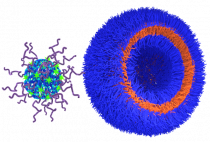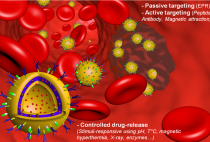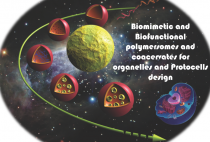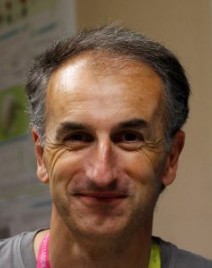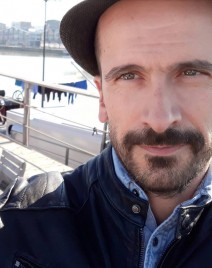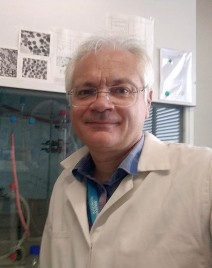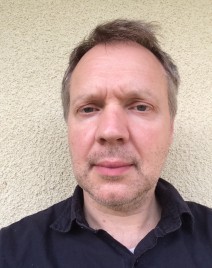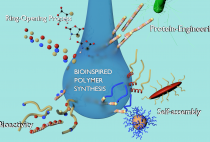
Team 3 : Polymer self-assembly and life sciences
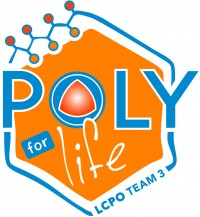
The LCPO Team 3 is headed by Sébastien Lecommandoux and involves Colin Bonduelle, Elisabeth Garanger, Emmanuel Ibarboure, Angela Mutschler, Jean-François Le Meins, Olivier Sandre, and Christophe Schatz.
Nature uses everyday controlled and directed self-assembly processes involving molecular and macromolecular building blocks for the organization of complex structures that possess specific functions. Our aim is to mimic such self-assembly rules, especially by using synthetic bio-inspired amphiphilic copolymers based on synthetic polypeptides, bioengineered proteins, natural polysaccharides and their combinations.
We are especially interested in designing and synthesizing copolymers that can encode both self-assembly and bioactivity properties.
The understanding and characterization of multi-scale self-assembly of supramolecular structures that can interact with biological systems or mimic biological functions are of particular interest. We are especially fascinated by the design of smart amphiphilic copolymers, by the control of their self-assembly properties and by their use as drug delivery and theranostic systems, 3D-scafold, bioreactors or artificial cell mimics.
Discover our laboratory in video
Discover the formulation of giant vesicles
Members
Latest publications
Projects
- ANR TANGO
- ANR SISAL
- ANR MAVERICK
- ANR TEPEE
- H2020 - ITN BIOMOLMACS
- H2020 - CMRNABONE
- IDEX SPARK
- IDEX TALENTS FLEX
- SIRIC BRIO NANOFORM
- SIRIC BRIO COMMUCAN
- CNRS 80 PRIME - POLYCELL
- DINAPO
- FMF M-ERA.NET
- SENSHOR
- TEMPEAT
- ANR JCJC - ROPISA
- THERAPEPTICS
- SECOPOLY
- ANR Novel
- LipoPep
- Polynet
- SUPRALIFE
- NanoGlio
- FORCE REPAIR
- ANR JCJC - FORMATRAP
- NATPRIME

